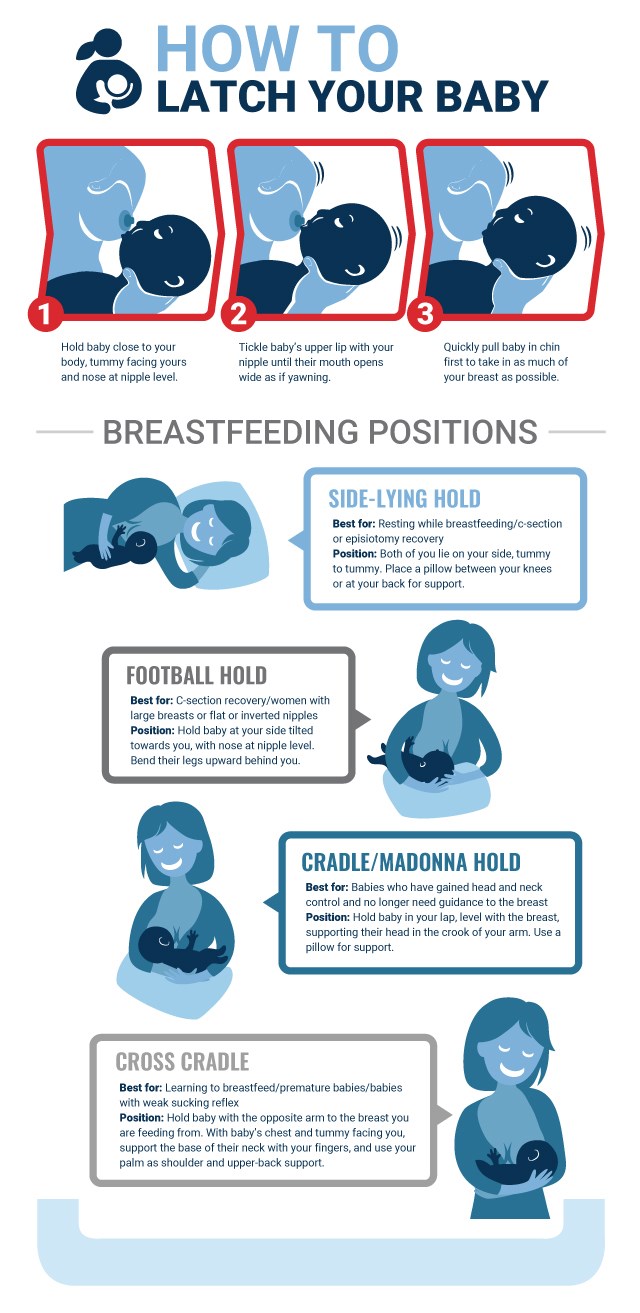Making breastfeeding work for you

One of the first challenges new moms face is breastfeeding, but difficulties are common and you shouldn’t feel defeated. These tips can help.
Feeding your baby breast milk is recommended by the World Health Organization (WHO) because of the undisputed advantages of breastfeeding. Research has shown that it helps prevent illnesses such as diarrhoea and pneumonia in babies.
Breastfeeding also contributes to the health and wellbeing of mothers as it:
- Helps to space children
- Reduces the risk of ovarian cancer and breast cancer
- Increases family and national resources
- Is a secure way of feeding
- Is safe for the environment
As noted by the WHO, breastfeeding is a natural act. However, it is also learned behaviour and there is an extensive body of research that mothers and caregivers require active breastfeeding support for establishing and sustaining appropriate breastfeeding practices.
Breastfeeding problems can vary from structural limitations involving the tongue or lips of the baby to sore nipples, difficulties with latching the baby or even low milk supply.
According to Your Baby magazine, getting a little one to latch correctly is one of the most important steps for successful breastfeeding and for your comfort. Your baby’s mouth must open wide enough to get a good amount of areola (the darker skin area that surrounds your nipple) into it. If your baby latches just onto your nipple, you will experience pain and discomfort and your baby will get a limited supply of milk. It is the massaging of the areola tissue from your baby’s suckle and the movement of his or her tongue that draws the milk out. While some babies latch right away, others take more time and a bit more practice.
Signs of effective latching
Here’s how to tell if your baby is latched well:
- Your baby’s chest is against your body. He does not need to turn his head while he is feeding.
- Your baby’s chin touches your breast.
- Your baby’s lips are flared – almost like fish lips.
- You see little or no areola above your baby’s top lip and the bottom lip is curled well over the areola.
- You can see his ear wiggle slightly and his jaw moves as he takes long, deep sucks.
- You can feel a strong tugging sensation but it is not painful.
- You can hear him or her swallow.
- He or she has several distinct periods of active sucking and swallowing during the feed.

The information is shared on condition that readers will make their own determination, including seeking advice from a healthcare professional. E&OE. Life Healthcare Group Ltd does not accept any responsibility for any loss or damage suffered by the reader as a result of the information provided.

